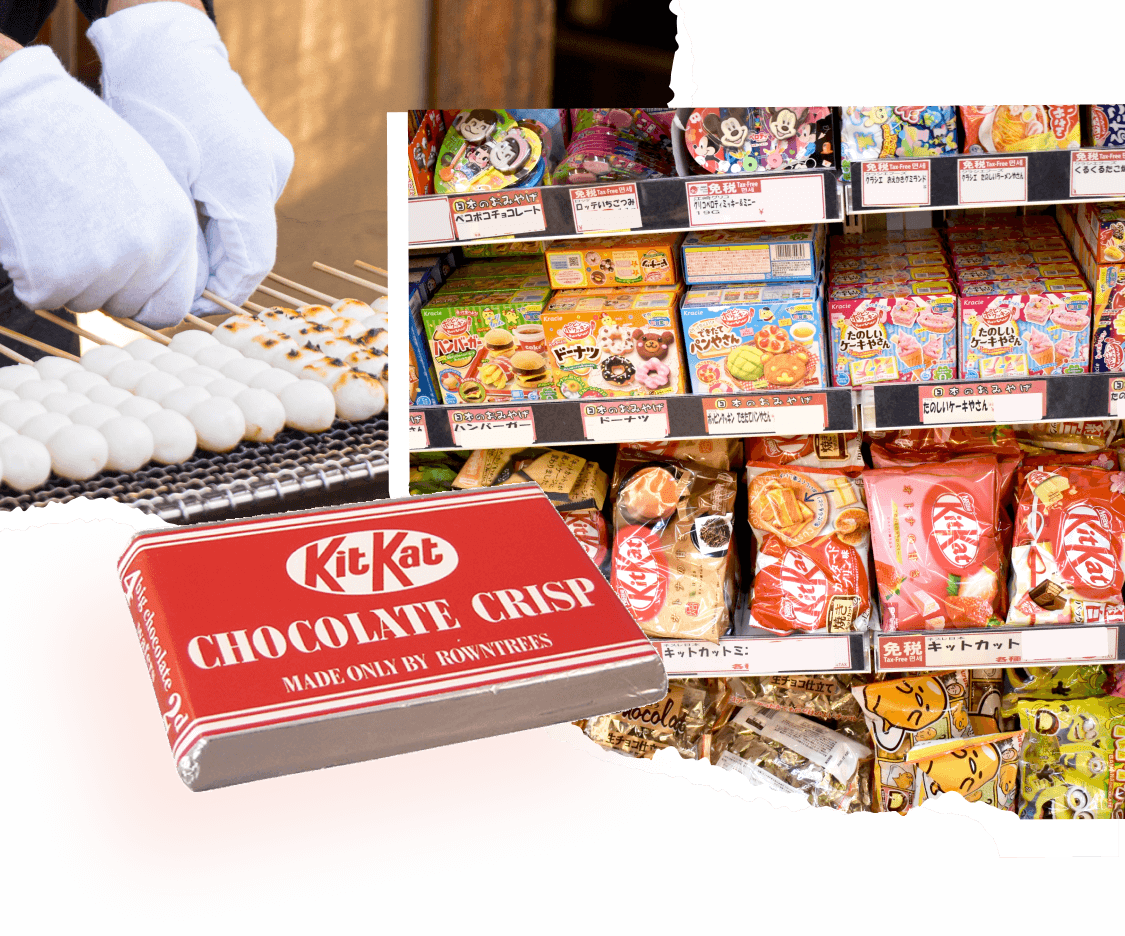

From Edo to Now
Japanese Snacks Through The Ages
Japan has perfected the art of snacking. But how did we get here? Let’s take a deep dive into the evolution of Japanese snacks!

From Edo to Now
Japanese Snacks Through The Ages
Japan has perfected the art of snacking. But how did we get here? Let’s take a deep dive into the evolution of Japanese snacks!
Dagashi - The Earliest Japanese Snack
Japanese sweets date back 2000 years, with the trend of crushing nuts into a powder and rolling it into a dango-like state.
Over time, through communication with China and the development of a unique Japanese culture, wagashi (traditional Japanese sweets) became the perfect partner for Japan’s flourishing tea culture during the Edo period (1603-1868).
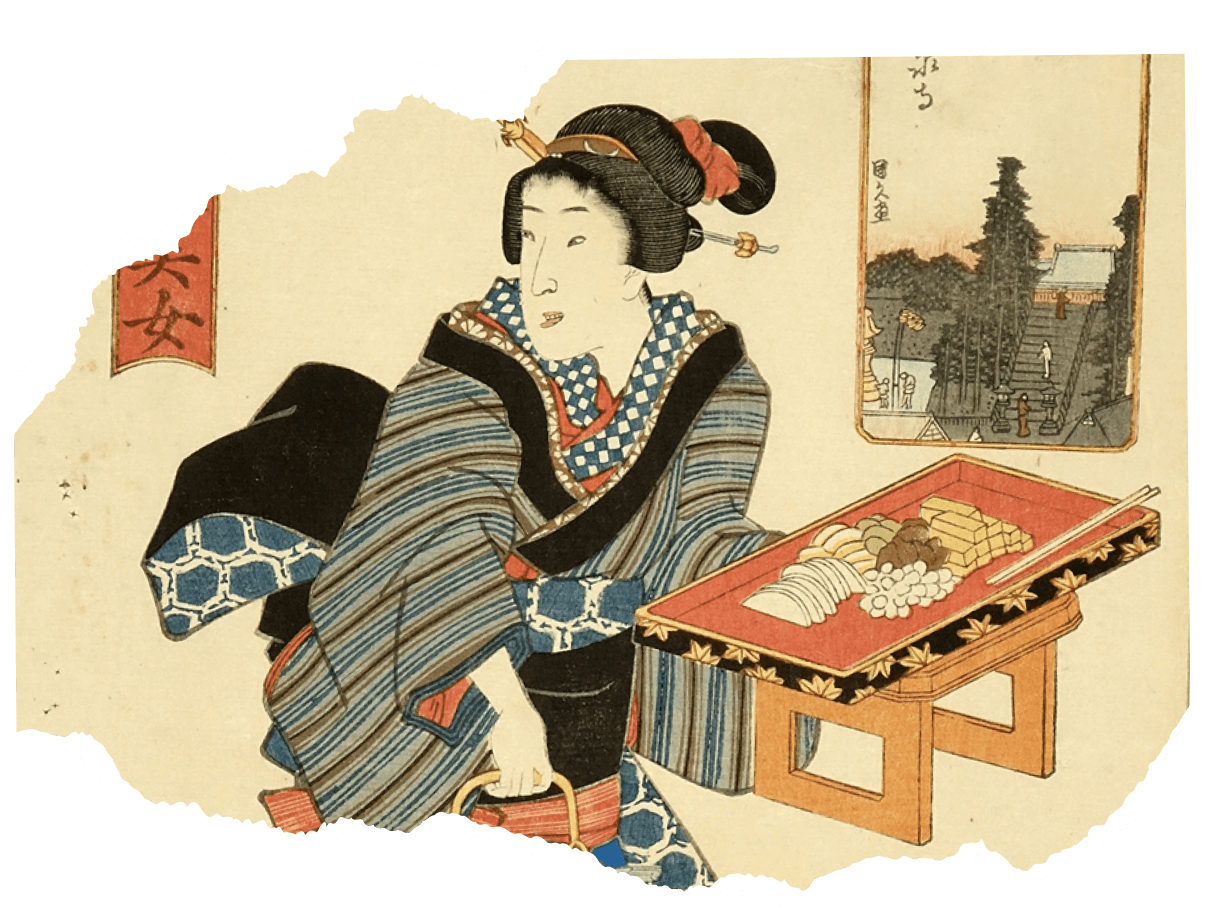


Dagashi - The Earliest Japanese Snack


Japanese sweets date back 2000 years, with the trend of crushing nuts into a powder and rolling it into a dango-like state.
Over time, through communication with China and the development of a unique Japanese culture, wagashi (traditional Japanese sweets) became the perfect partner for Japan’s flourishing tea culture during the Edo period (1603-1868).
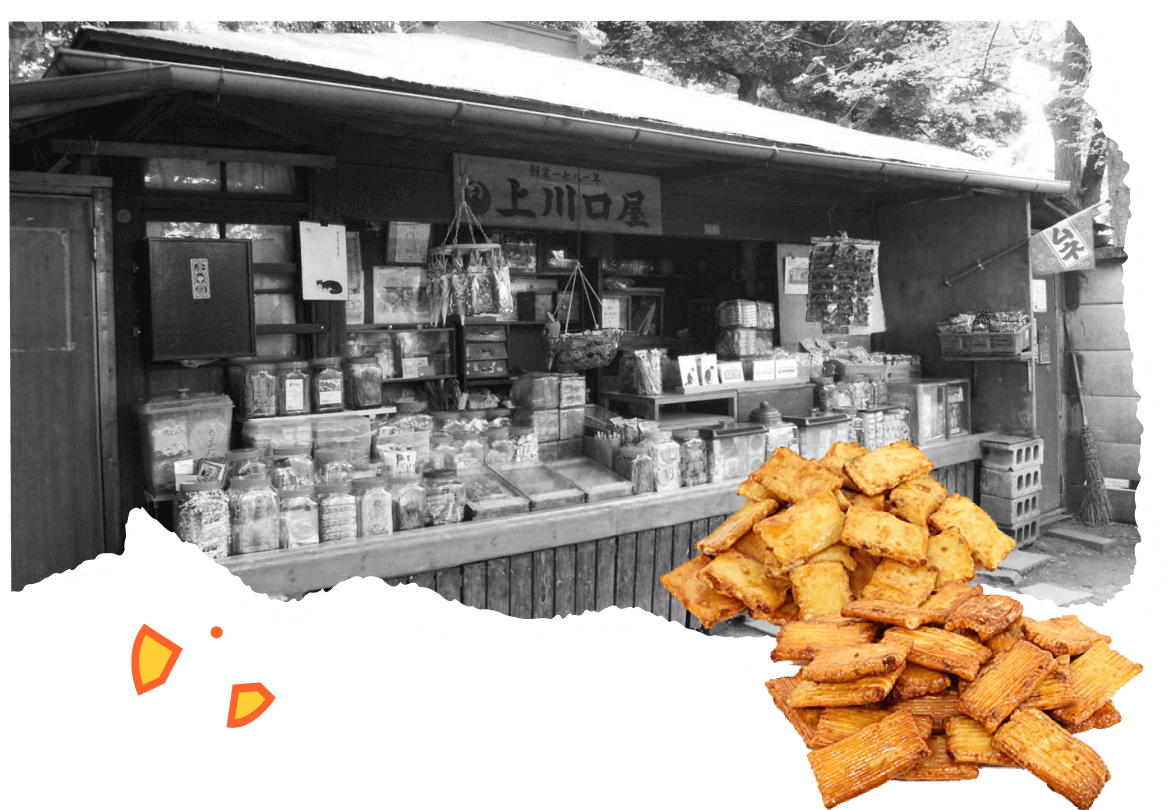
Primarily using readily available fruits, nuts and mochi, elegant desserts were created. But these desserts were often reserved only for the wealthiest individuals in society. How were average people able to get their snack on? Enter dagashi!
Dagashi, Japanese snacks and sweets sold at a low price, offered an alternative to the expensive wagashi. The earliest iteration was Ichimon Gashi, or one-coin candy. Made of grains combined with syrup, this snack was affordable and popular with Japanese kids.

Journey to Modernity
Over time, dagashi grew in popularity with both children and adults alike. During the Meiji period (1868-1912), a time of modernization in Japan, the variety and flavors of Japanese snacks grew as Japan opened up to the world after a long period of isolation.
It’s around this time that we see the birth of some of Japan’s most iconic drinks, from ramune to Calpis.
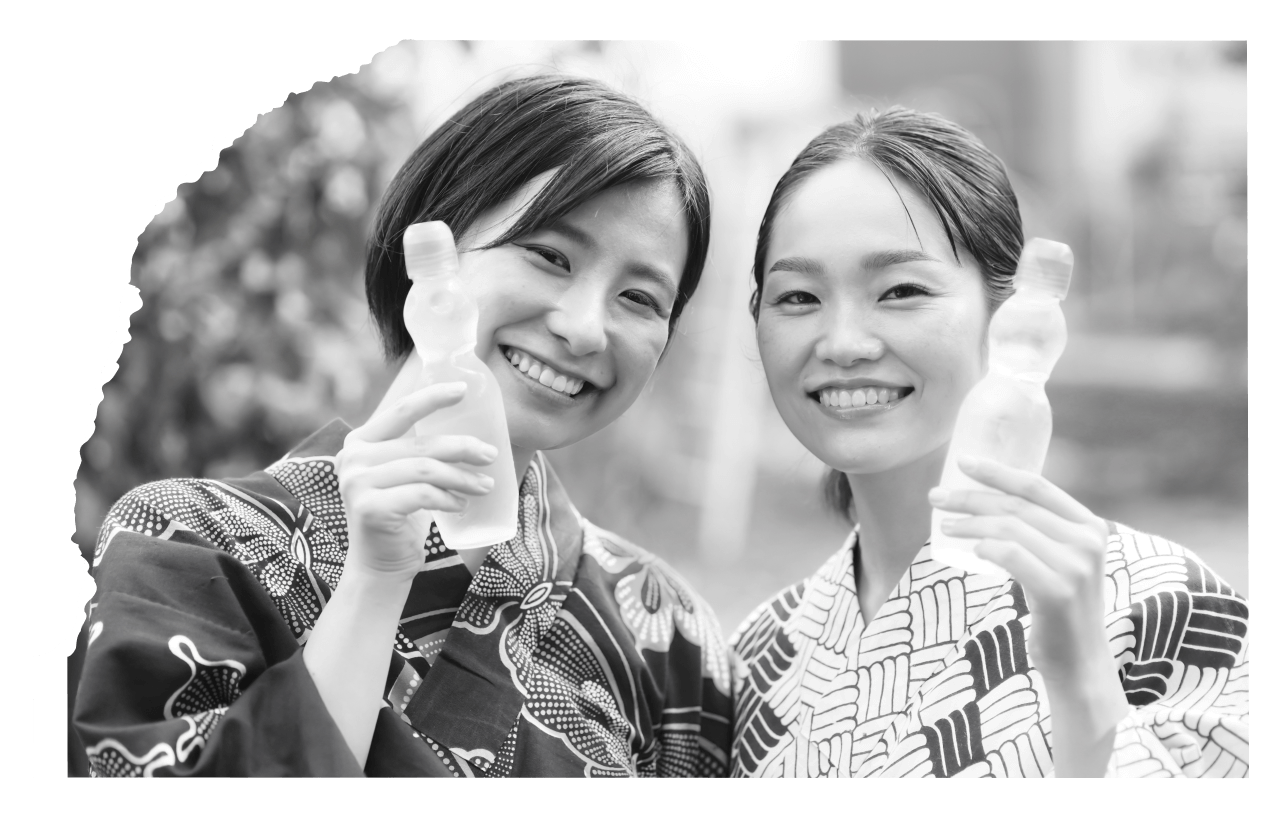

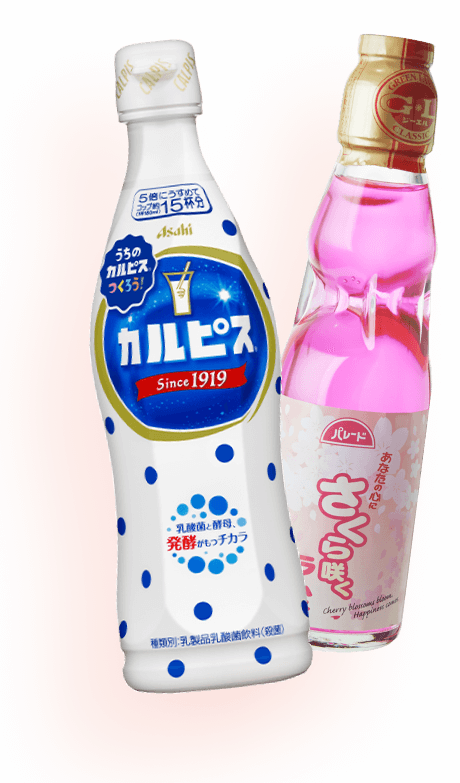

Journey to Modernity



Over time, dagashi grew in popularity with both children and adults alike. During the Meiji period (1868-1912), a time of modernization in Japan, the variety and flavors of Japanese snacks grew as Japan opened up to the world after a long period of isolation.
It’s around this time that we see the birth of some of Japan’s most iconic drinks, from ramune to Calpis.

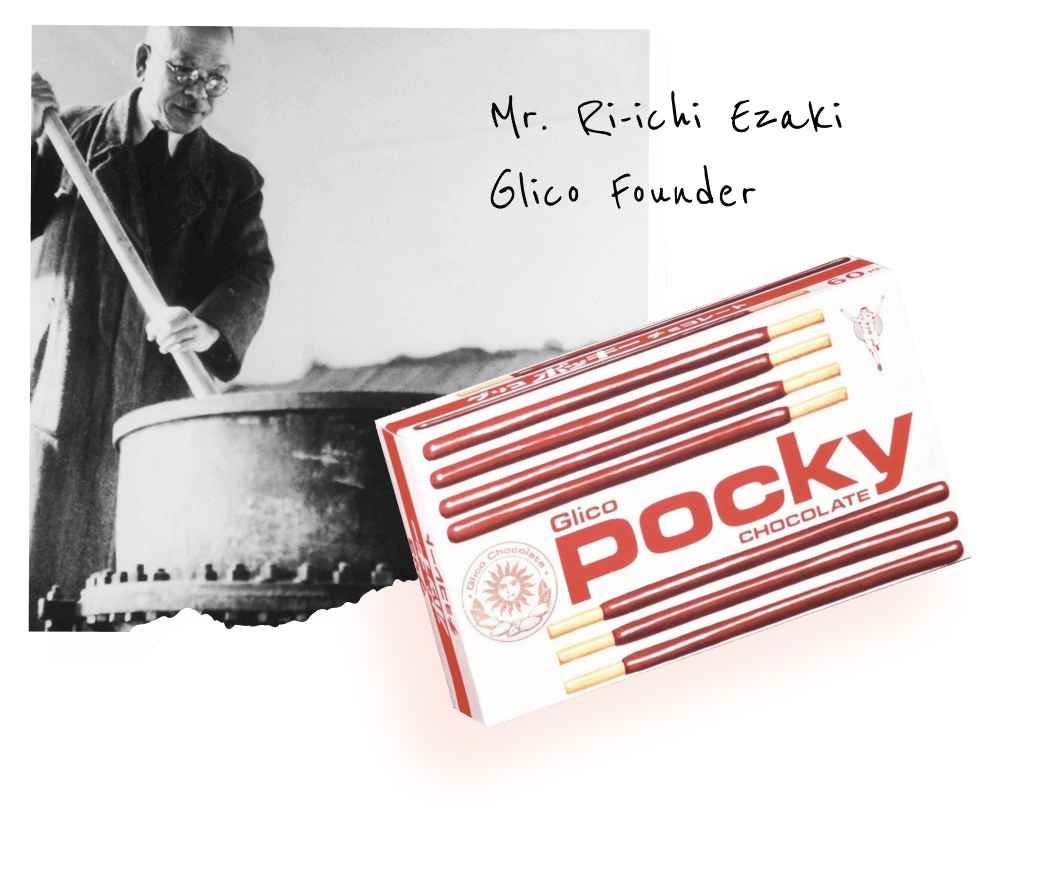
But it was in the post-World War 2 period when Japan really began to experiment with its snacking culture, especially thanks to the influx of new ingredients and brands coming into Japan. It’s during this time that we see many of the iconic snack companies grow and some of the most popular Japanese snacks appear, like the release of Pocky in 1966. Melon soda also first made an appearance in cafes throughout Japan before hitting the mass market in later decades.

Dagashi found their way into Dagashi-ya, candy stores aimed at children that offered simple sweets and snacks run locally that kept their price points low so kids with a little extra change could try something new.
As those children grew into adults, the fond memories they had of these snacks stayed with them, making many dagashi brands popular for decades.
KitKat Japan also launched in 1973, showing the rise of western snacks in Japan. Eventually they became a good luck charm thanks to the phrase in Japanese Kitto Katsu (you will surely win) sounding similar to the brand name.

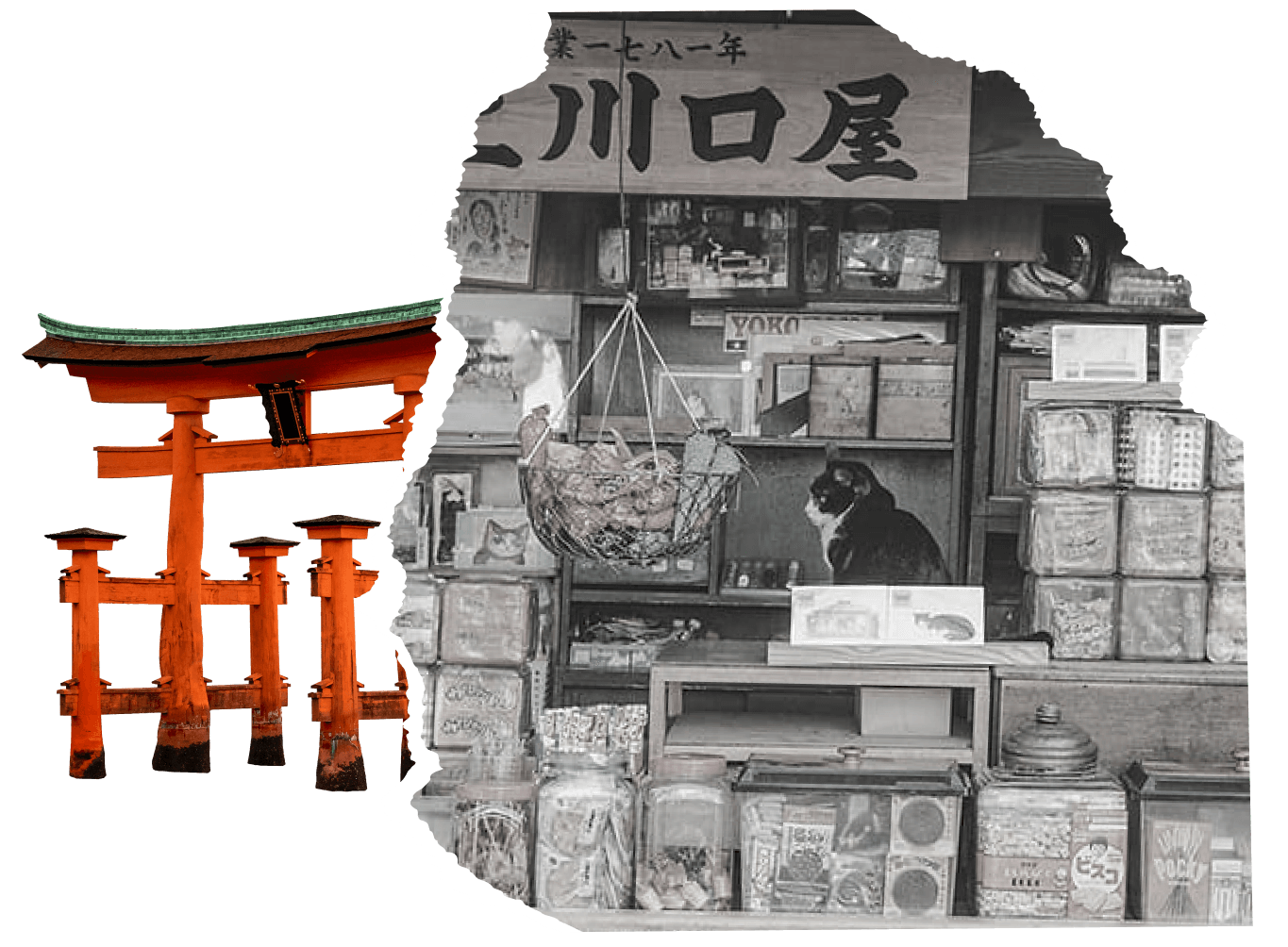
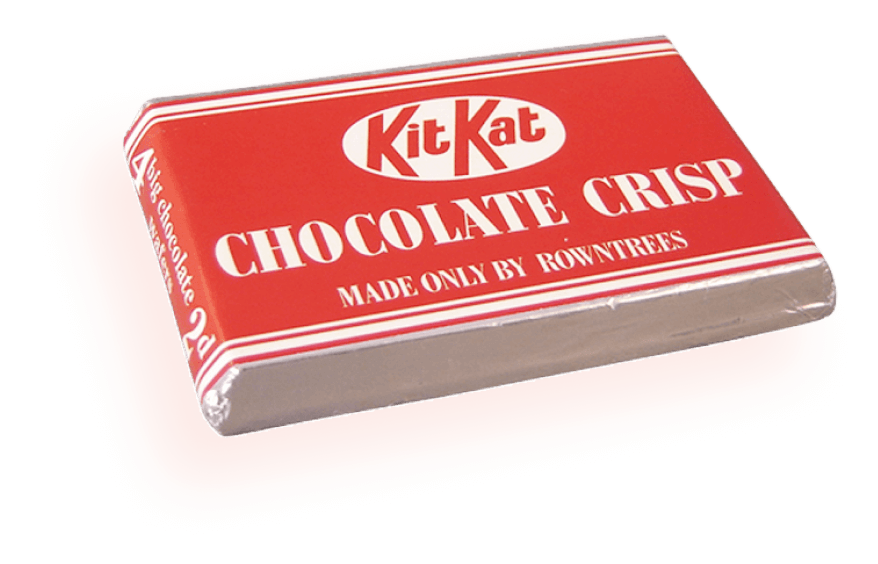

Dagashi found their way into Dagashi-ya, candy stores aimed at children that offered simple sweets and snacks run locally that kept their price points low so kids with a little extra change could try something new.


As those children grew into adults, the fond memories they had of these snacks stayed with them, making many dagashi brands popular for decades.


KitKat Japan also launched in 1973, showing the rise of western snacks in Japan. Eventually they became a good luck charm thanks to the phrase in Japanese Kitto Katsu (you will surely win) sounding similar to the brand name.

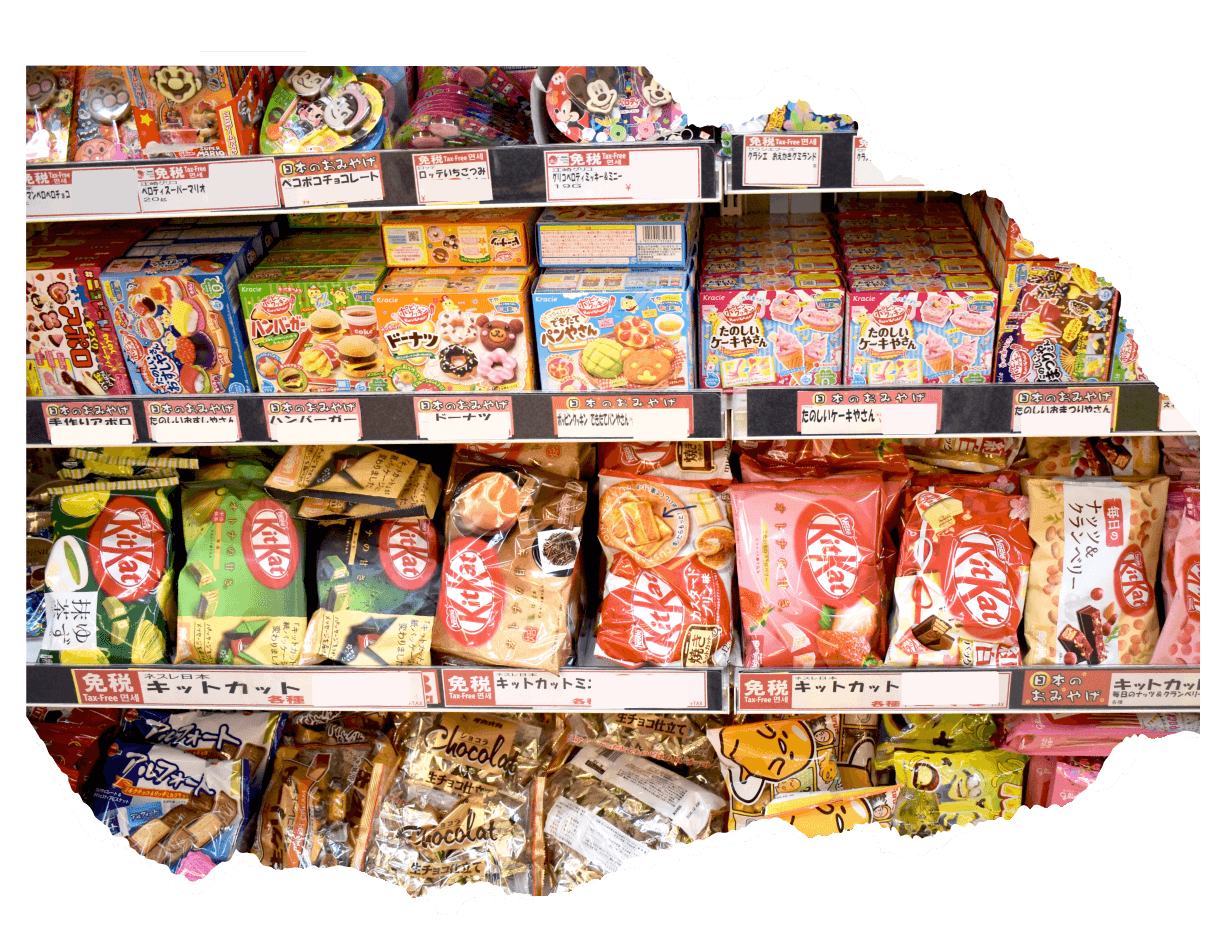
Invention and Innovation
With a mixture of homegrown favorite snacks and western imports filling the market, the 2000’s and 2010’s saw competition for the top snack grow fierce.
In 2012, Nestle Japan and their best selling KitKat overtook Meiji for the top chocolate maker in Japan in terms of sales. A major reason behind this is innovation.
Invention and Innovation
With a mixture of homegrown favorite snacks and western imports filling the market, the 2000’s and 2010’s saw competition for the top snack grow fierce.

In 2012, Nestle Japan and their best selling KitKat overtook Meiji for the top chocolate maker in Japan in terms of sales. A major reason behind this is innovation.
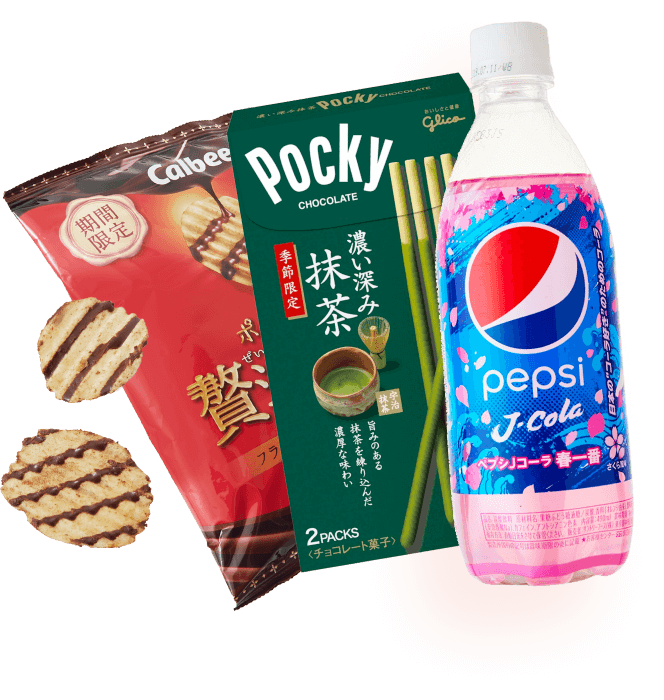
The competition of popular snack makers
Not to be outdone, popular snack makers such as Calbee chips, Pocky and Fanta Japan constantly look for new ways to create innovative products that can capture the hearts and minds of Japanese people with seasonal flavors and limited-edition items.
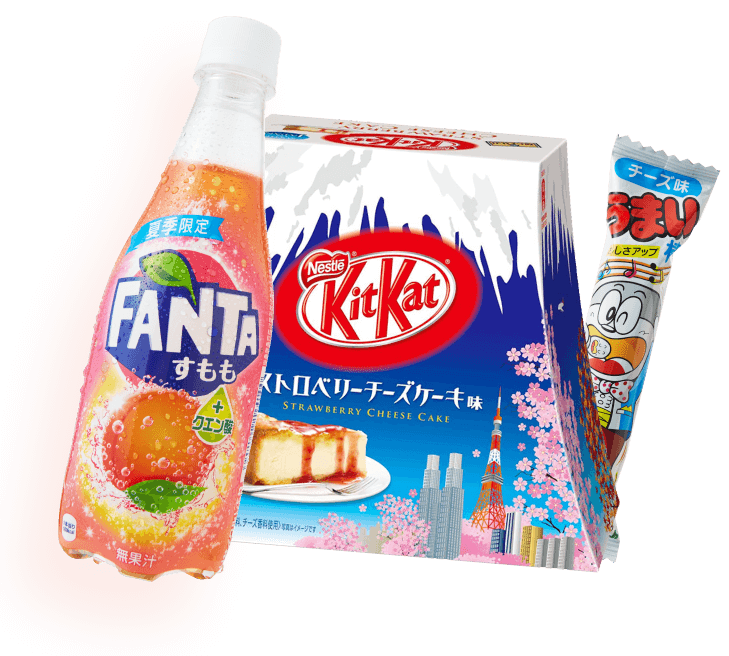

The competition of popular snack makers
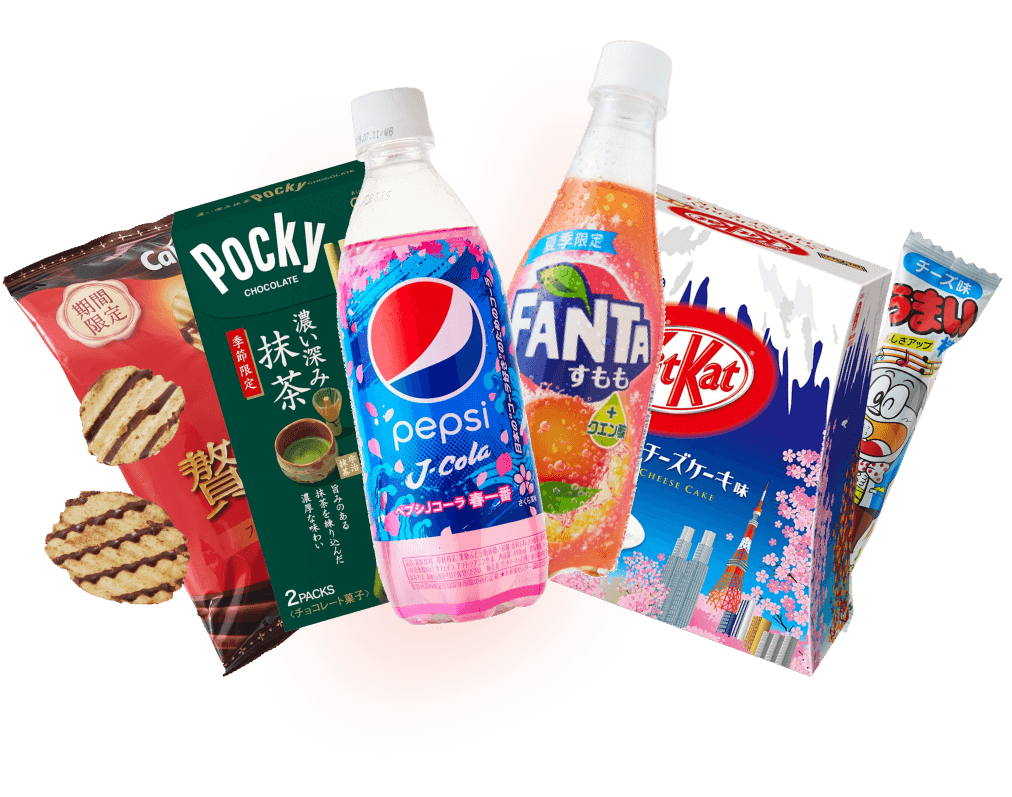
Not to be outdone, popular snack makers such as Calbee chips, Pocky and Fanta Japan constantly look for new ways to create innovative products that can capture the hearts and minds of Japanese people with seasonal flavors and limited edition items.
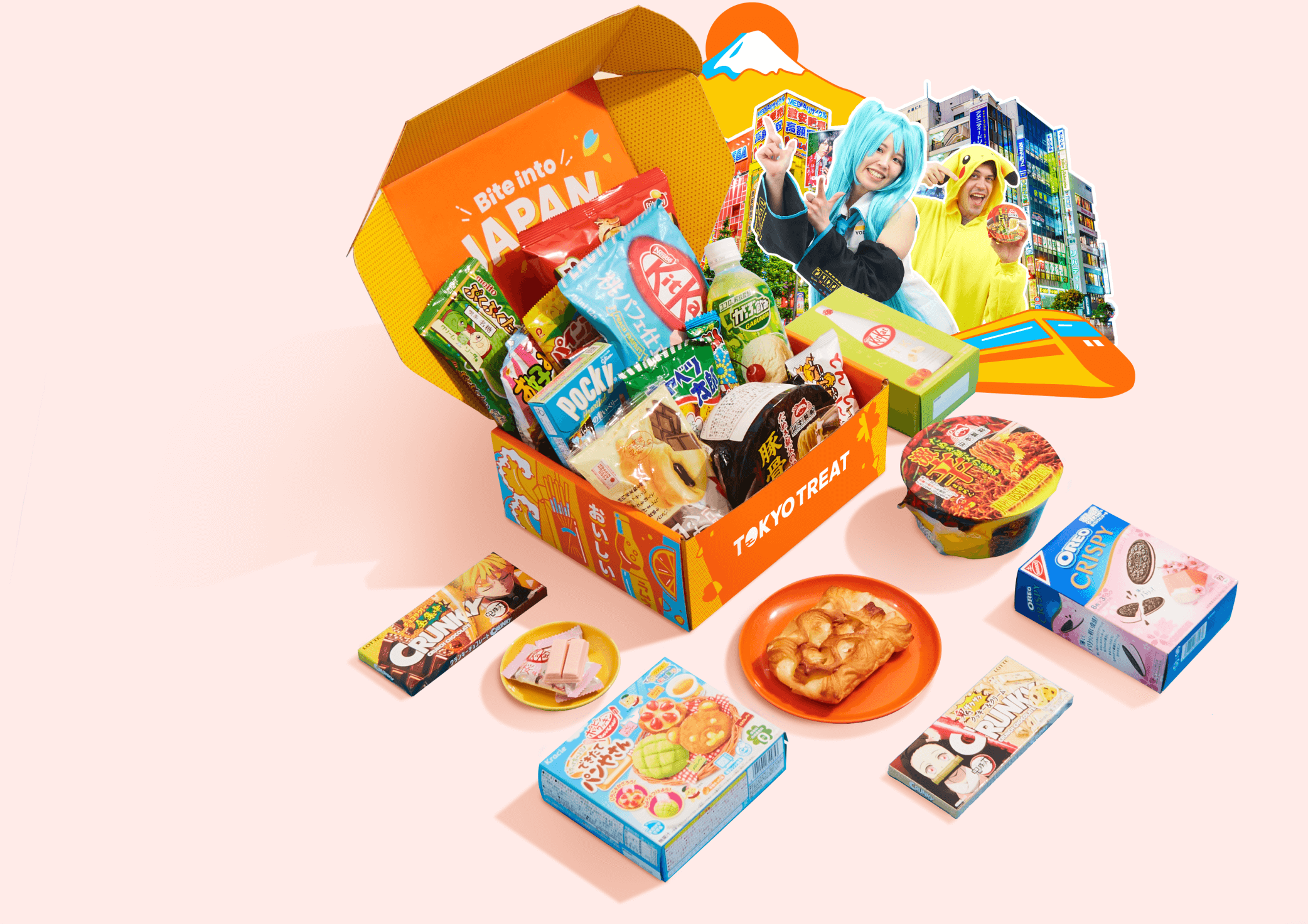
Into The Future!
Who knows what the next innovation in Japanese sweets and snacks will be. New flavors and interesting textures come and go all the time, which makes trying all the must try Japanese snacks a tricky business.
Luckily, TokyoTreat is here to help! Every month, score delicious Japanese snacks, from the new KitKats and Pocky to must-try ramen. Why not take a look at what is coming this month!
JOIN US!Into The Future!
Who knows what the next innovation in Japanese sweets and snacks will be. New flavors and interesting textures come and go all the time, which makes trying all the must try Japanese snacks a tricky business.
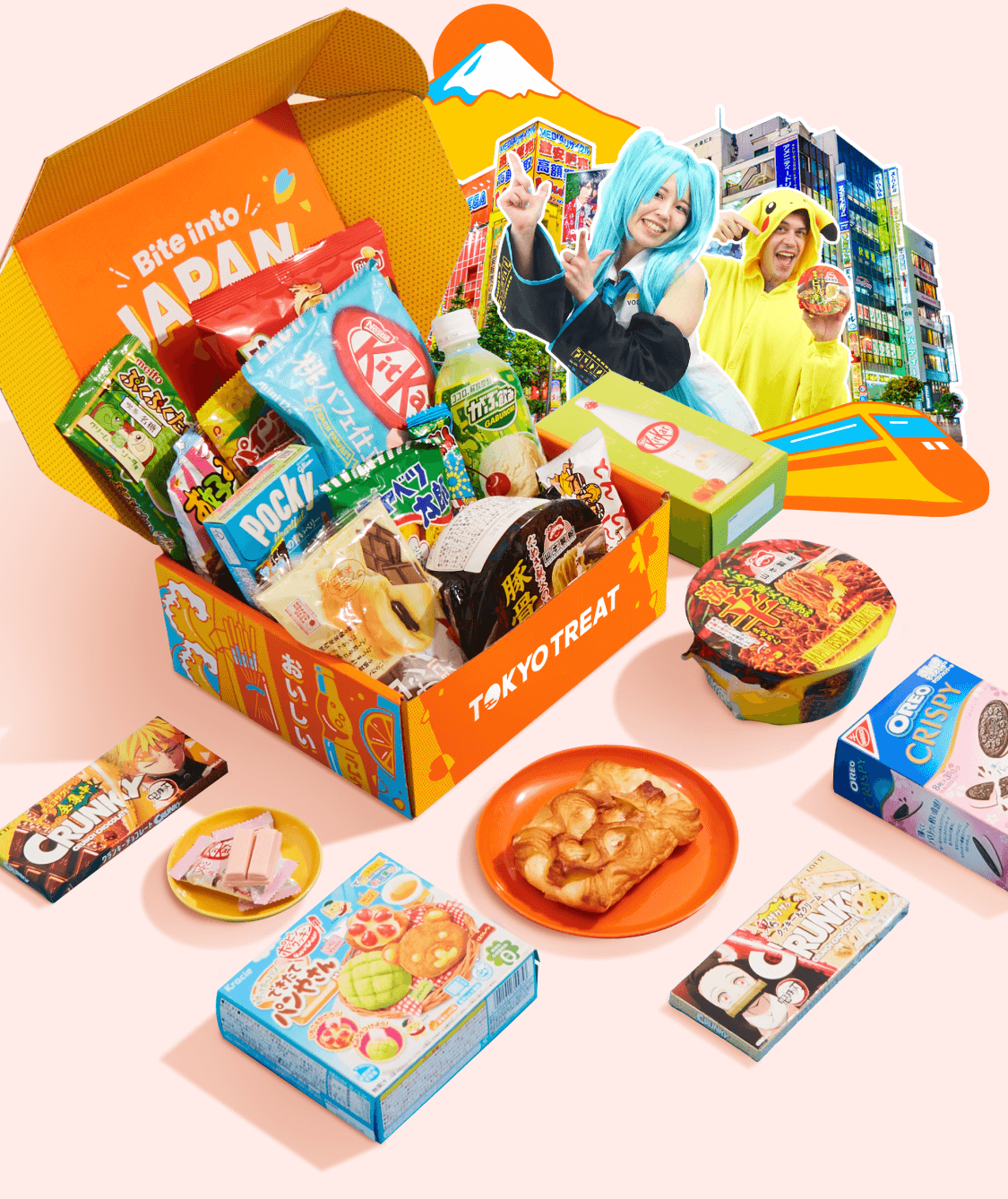
Luckily, TokyoTreat is here to help! Every month, score delicious Japanese snacks, from the new KitKats and Pocky to must-try ramen. Why not take a look at what is coming this month!
JOIN US!

